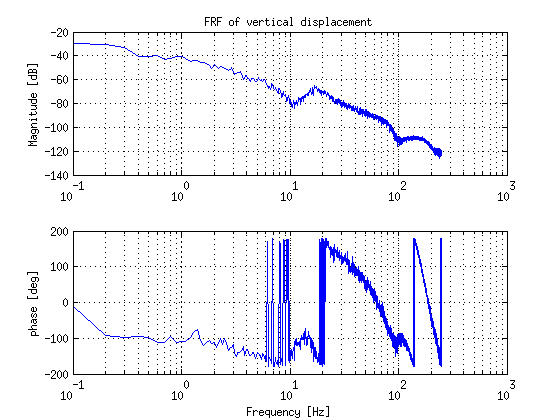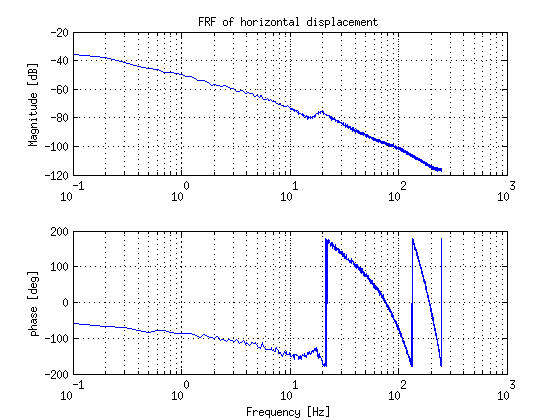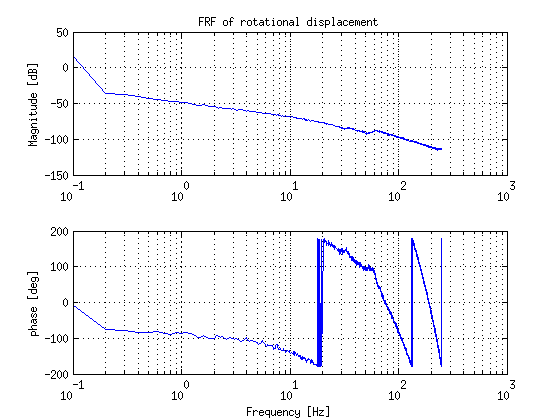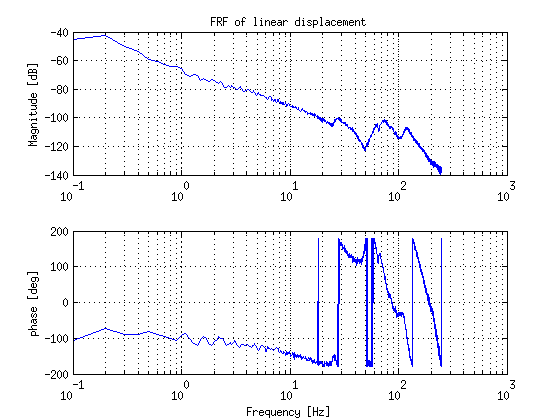Integration Project Systems and Control 2013 Group 4: Difference between revisions
Jump to navigation
Jump to search
m (→Planning) |
m (→Group Members) |
||
| Line 12: | Line 12: | ||
</tr> | </tr> | ||
<tr> | <tr> | ||
<td> | <td>Erik van Broekhoven</td> | ||
<td>0637413</td> | <td>0637413</td> | ||
<td>[mailto:e.c.v.broekhoven@student.tue.nl e.c.v.broekhoven@student.tue.nl]</td> | <td>[mailto:e.c.v.broekhoven@student.tue.nl e.c.v.broekhoven@student.tue.nl]</td> | ||
</tr> | </tr> | ||
<tr> | <tr> | ||
<td> | <td>Wouter Geelen</td> | ||
<td>0744855</td> | <td>0744855</td> | ||
<td>[mailto:w.geelen@student.tue.nl w.geelen@student.tue.nl]</td> | <td>[mailto:w.geelen@student.tue.nl w.geelen@student.tue.nl]</td> | ||
</tr> | </tr> | ||
<tr> | <tr> | ||
<td> | <td>Leroy Hazeleger</td> | ||
<td>0651762</td> | <td>0651762</td> | ||
<td>[mailto:l.hazeleger@student.tue.nl l.hazeleger@student.tue.nl]</td> | <td>[mailto:l.hazeleger@student.tue.nl l.hazeleger@student.tue.nl]</td> | ||
Revision as of 17:00, 17 March 2013
Group Members
| Name: | Student id: | Email: |
| Koen Gruntjens | 0760934 | k.g.j.gruntjens@student.tue.nl |
| Erik van Broekhoven | 0637413 | e.c.v.broekhoven@student.tue.nl |
| Wouter Geelen | 0744855 | w.geelen@student.tue.nl |
| Leroy Hazeleger | 0651762 | l.hazeleger@student.tue.nl |
Planning
February 18 - February 24
- Qualitative analysis of robot
- Derivation of kinematics and dynamics (Leroy, Erik)
- Preparation of first experiment session (Wouter, Koen)
- Investigate different control-design
- Group meeting
February 25 - March 3
- FRF-measurement and analyse (Wouter,Leroy (Tuesday))
- Coupled/decoupled experiment (Wouter,Koen (Friday))
- Nonlinearity experiment (Wouter,Koen (Friday))
- Static friction experiment (Wouter,Koen (Friday))
- Group meeting (Friday)
March 4 - March 10
- Continue making FRF-measurements
- Design PID controllers for all joints
- Trajectory planning for all joints
- Group meeting
March 11 - March 17
- Verify trajectory planning (minimum time trajectory)
- Optimization of PID controller
- Group meeting
March 18 - March 24
- Design feedforward controller
- Implementing feedforward controller
- Discuss and design ILC
- Group meeting
Progress
Week 1
- The first step in this project was to identify the pizza-robot by creating a list of all the (straightforward) (design) requirements of the pizza-robot (to design experiments) such as:
- The pizza is not allowed to fall during transport, therefore the maximum acceleration (horizontally and vertically) is limited
- The robot is not allowed to touch the pizza holding brackets, the trajectory design must prevent crashes
- 3 pizza's must be transported and the pizzas must be transported as fast as possible (approx. 10-15 sec), and thus the fastest trajectory must be found
- The controller must stabilize the system
- Controller output is limited, no saturation
- The accuracy of the pizza-robot end-effector when obtaining a pizza from the brackets should be approx. 5mm
- Controller output is limited, keep saturation of motors in mind
- A next step was to identify the limitations of the pizza-robot such as
- Degrees of freedom to specify the workspace of the end-effector
- The maximum input signals [V] of the motors of the pizza-robot and consequently the maximum velocity/acceleration of each joint
- To identify the pizza-robot in a more specific way:
- The kinematics of the pizza-robot are derived which are helpfull for the trajectory design and determining the dynamics of the pizza-robot using the DH convention.
- A simple model (dynamics) of the pizza-robot is determined to possibly use model-based control design (dynamics of the pizza-robot in terms of the generalized coordinates is difficult, consider a simple model for each joint seperately)
- FRF-measurement experiments are prepared (designing a ref. trajectory, a stabilizing controller)
- Different types of feedback-control are considered which are usable (and possible with the knowledge of the groupmembers)
Week 2
- As already mentioned in week 1, a simple model is proposed to (possibly) use for model-based control design instead of the dynamics of the pizza-robot in terms of its generalized coordinates since this is too complex and not usable as model-based control design. (for every joint a model, with disturbances from other joints)
- FRF-measurements are performed of each joint with a stabilizing controller and a specific reference trajectory, however large friction is encountered which seems to be not constant along the trajectory of each joint. This influence the FRF-measurements at low frequency. (improve FRF-measurements)
Week 3
- It took a bit more time for doing the FRF-measurements. Finally we have all FRF's of the joints and all group members designed a stable controller for two joints.
| Vertical displacement | Horizontal displacement |

|

|
| Rotational displacement | Linear displacement |

|

|